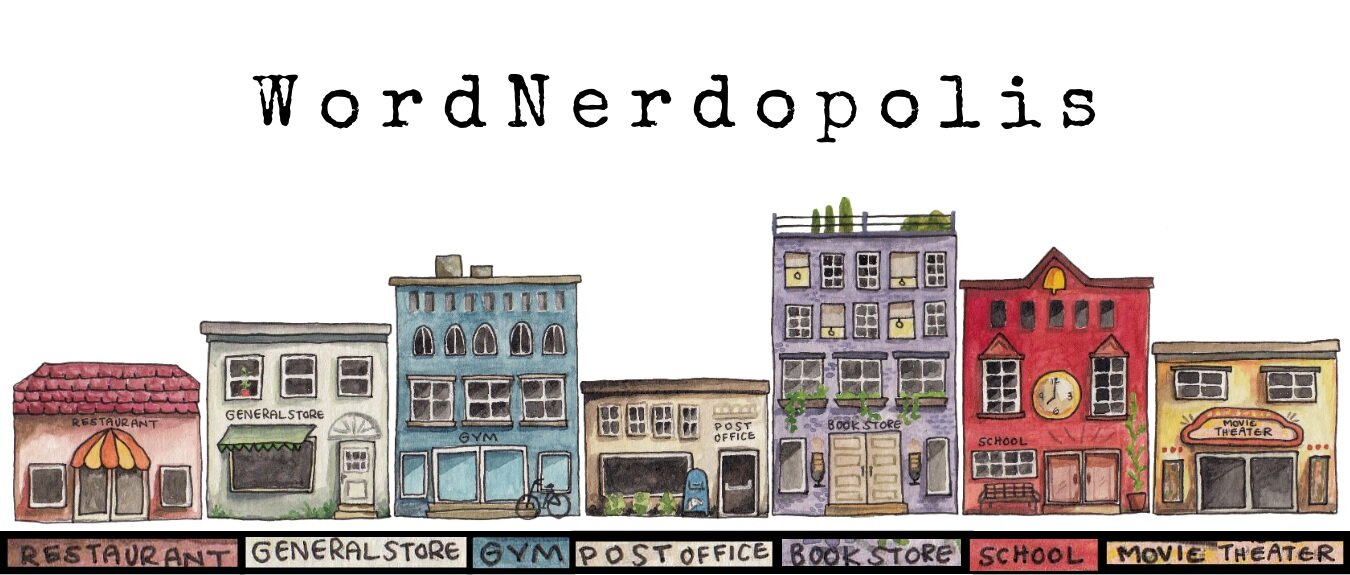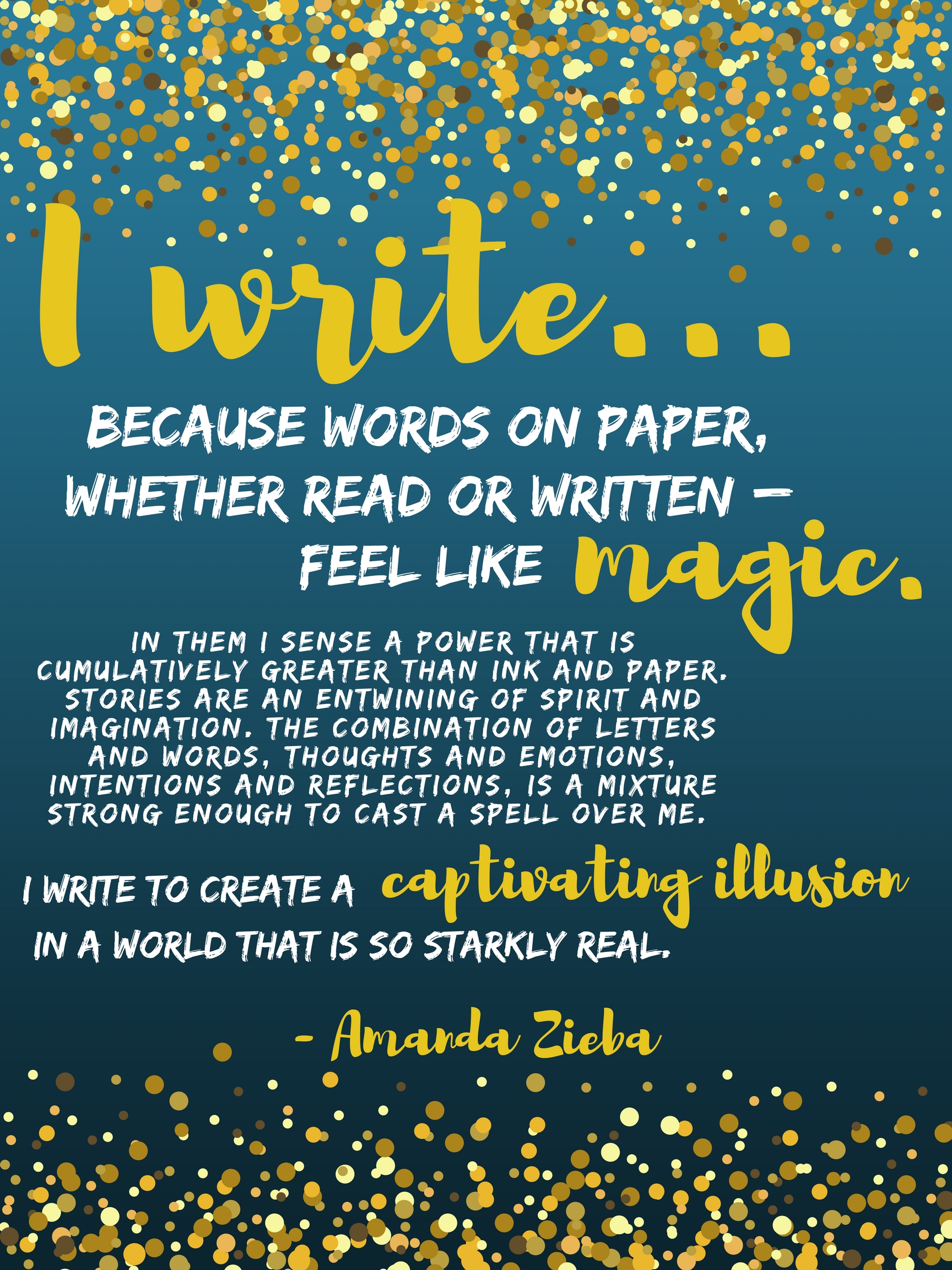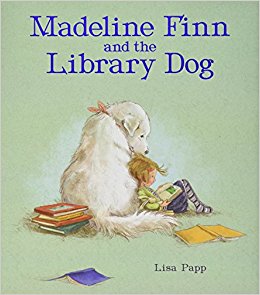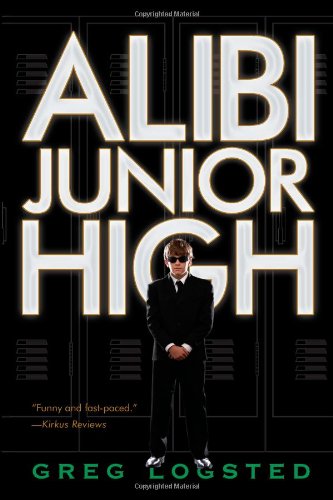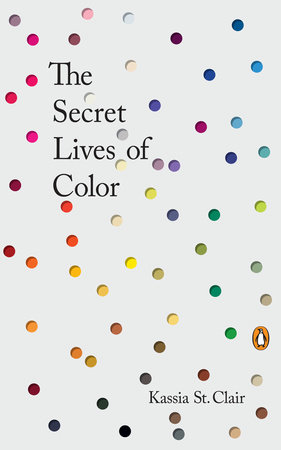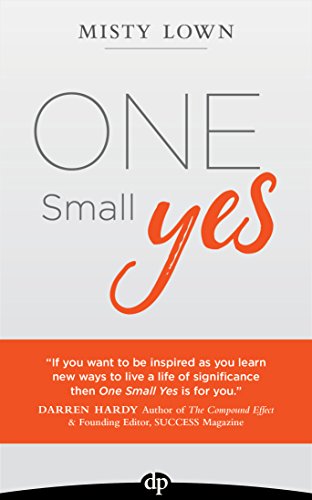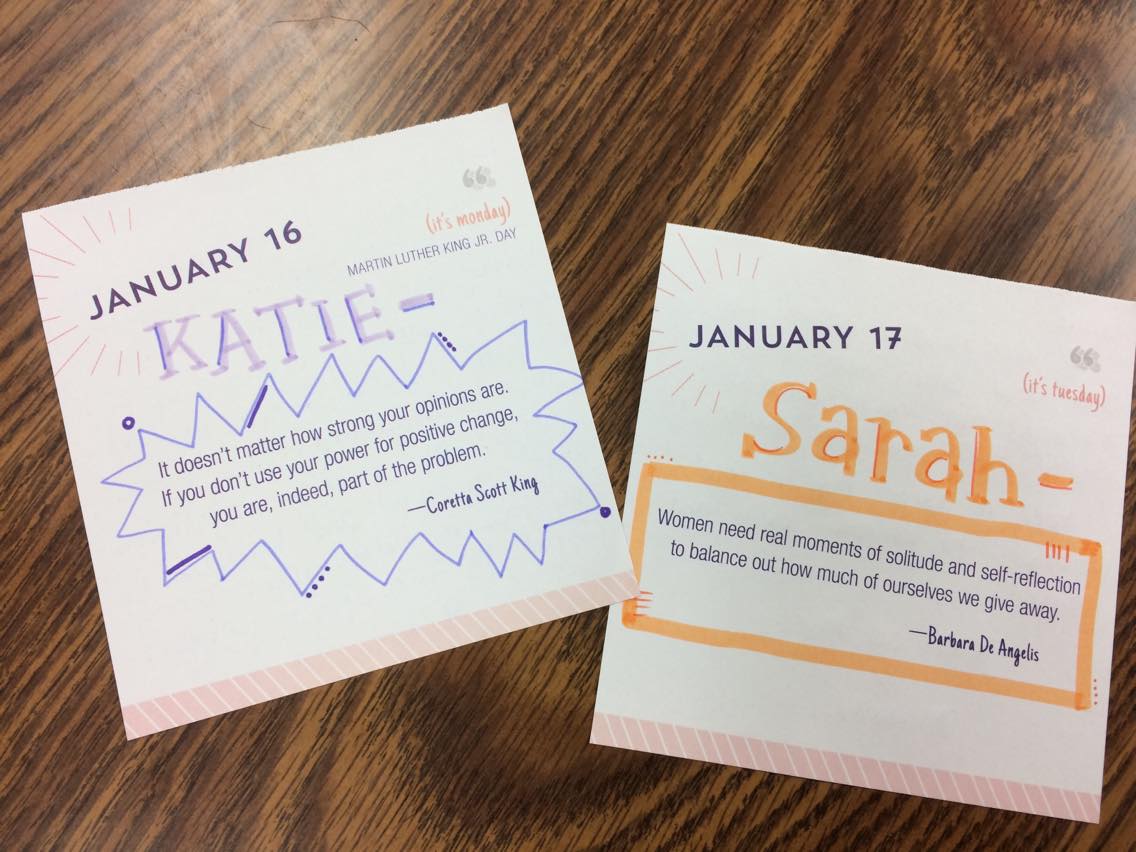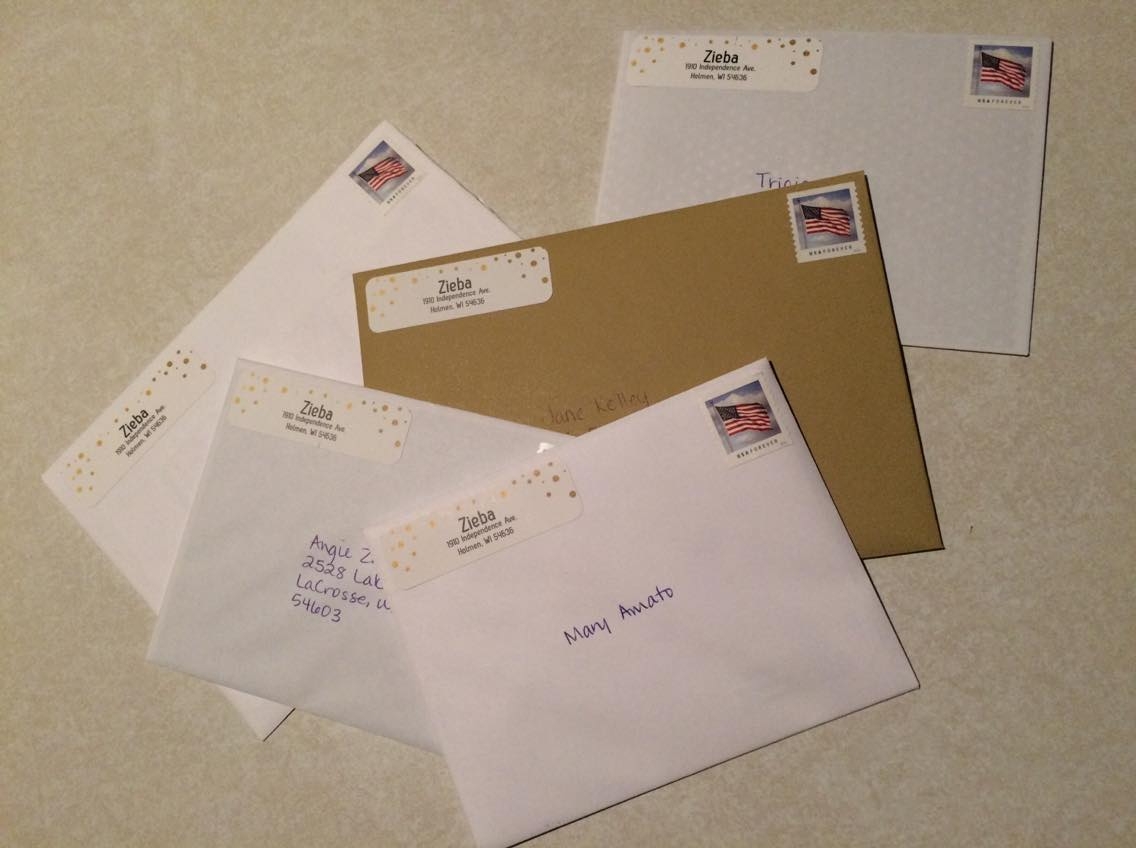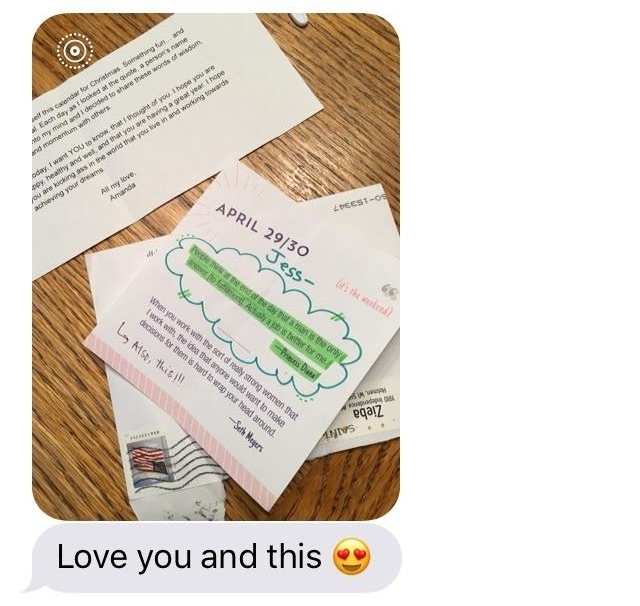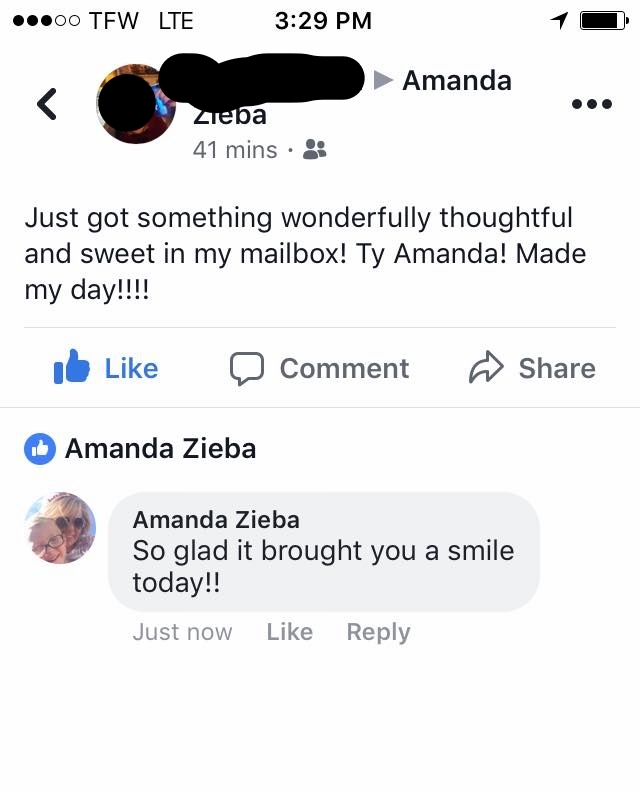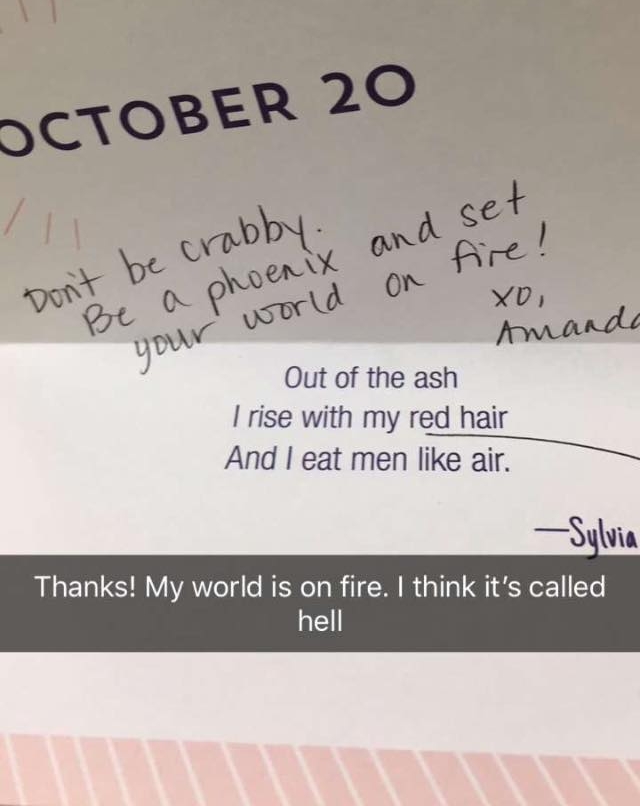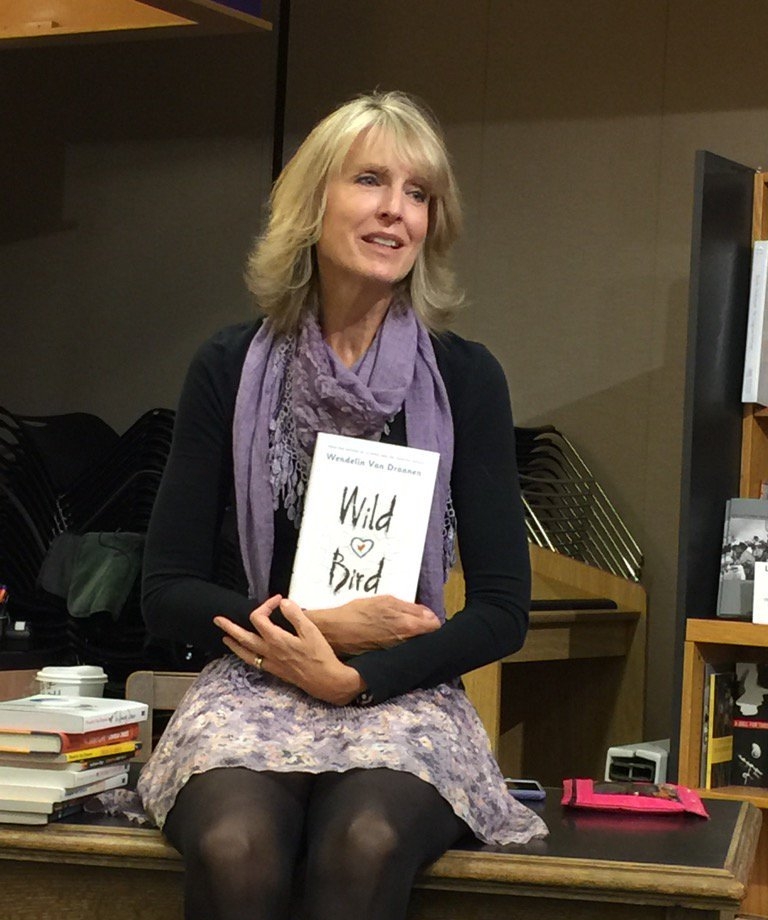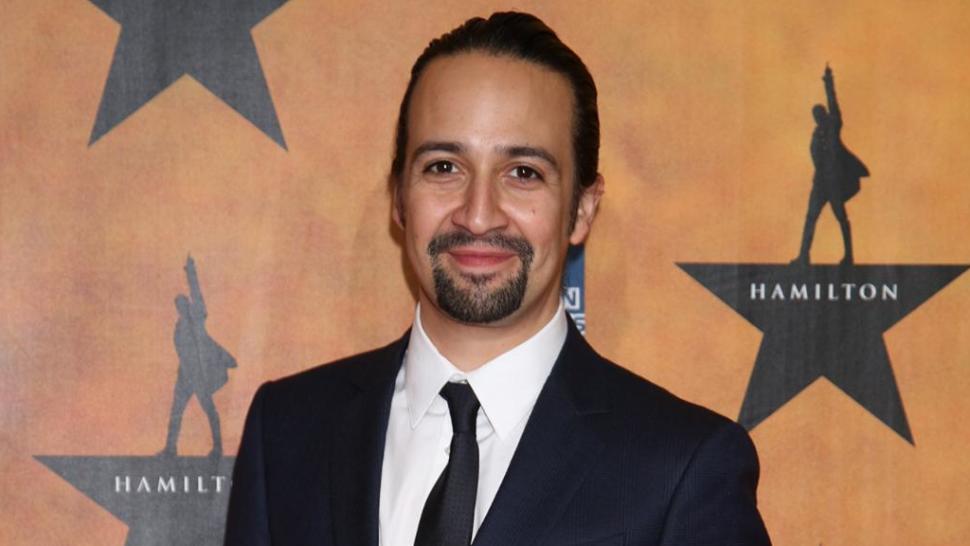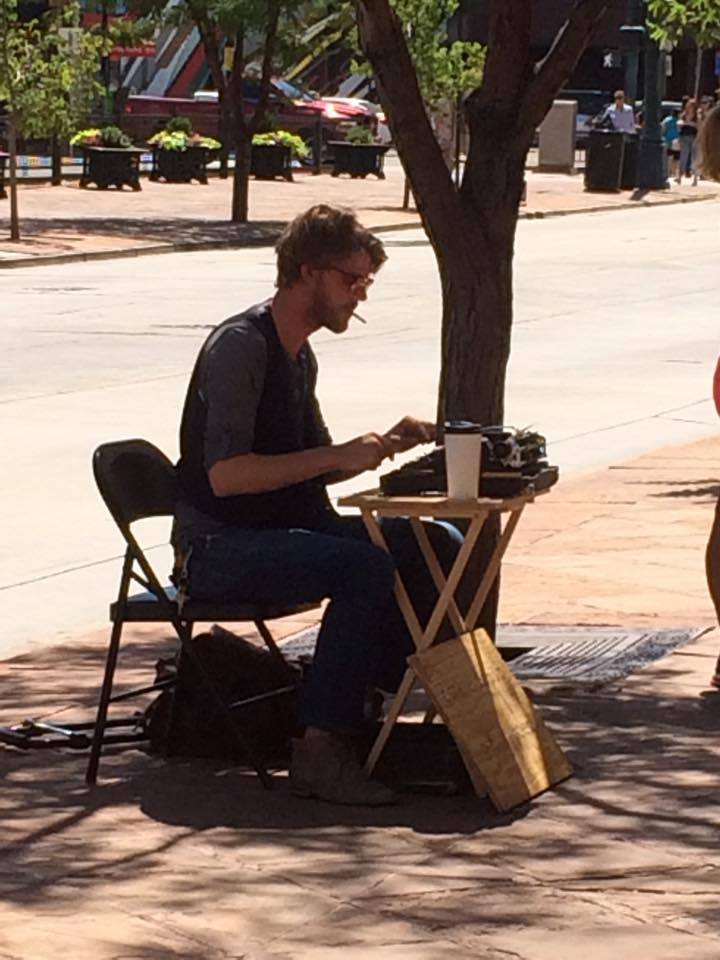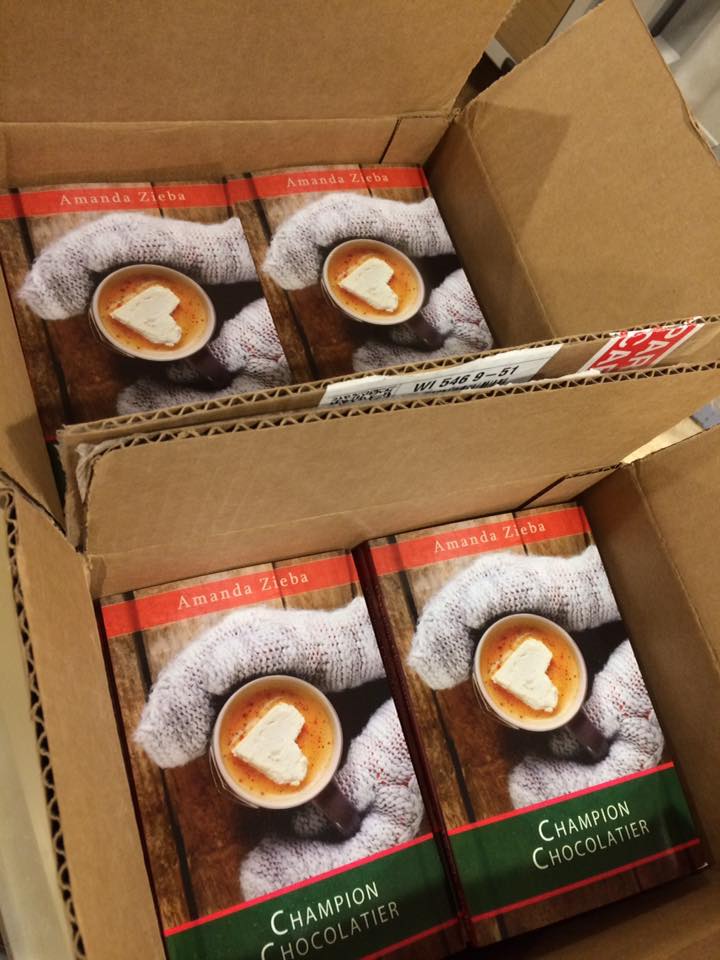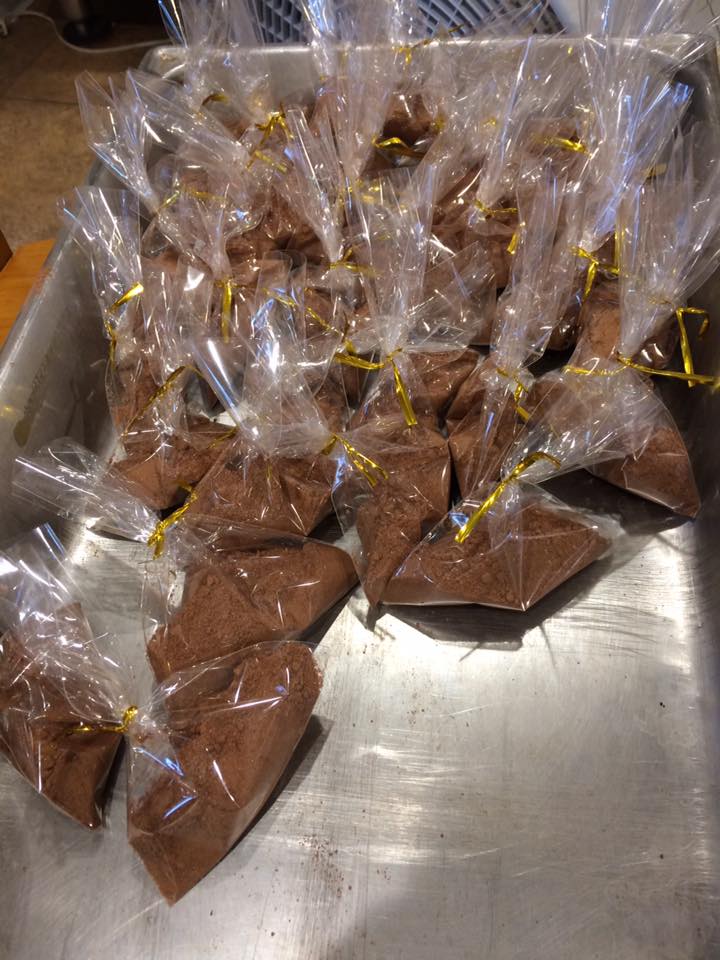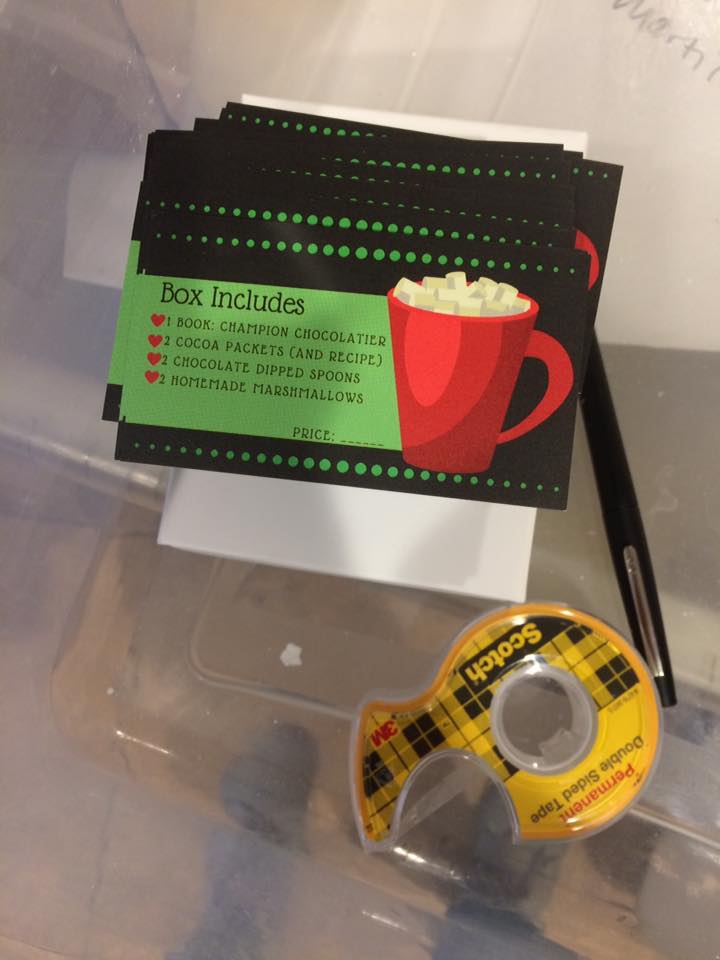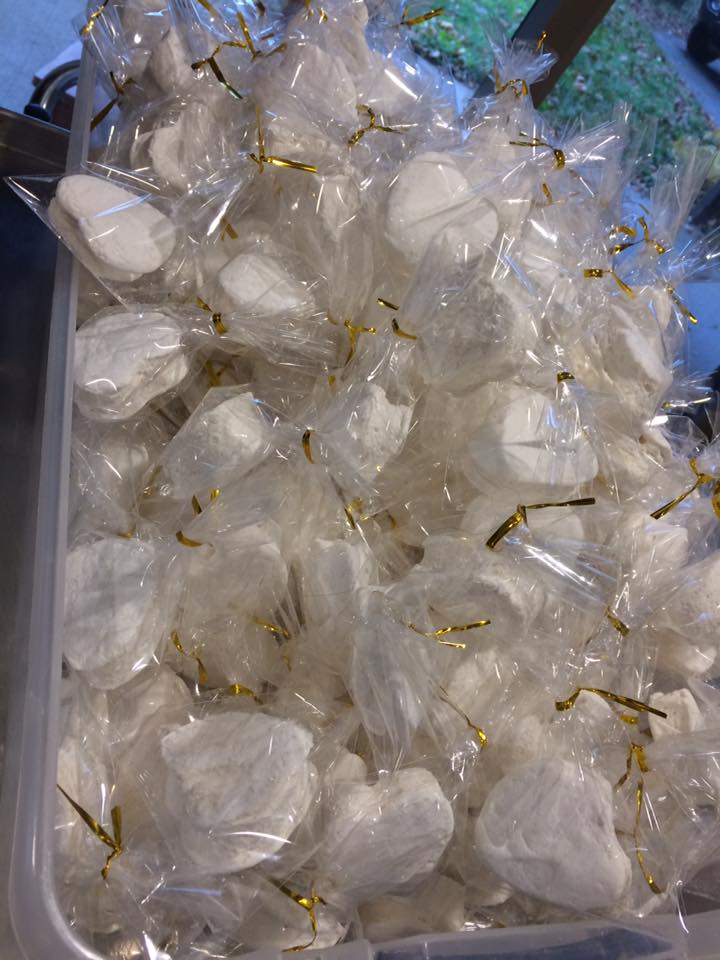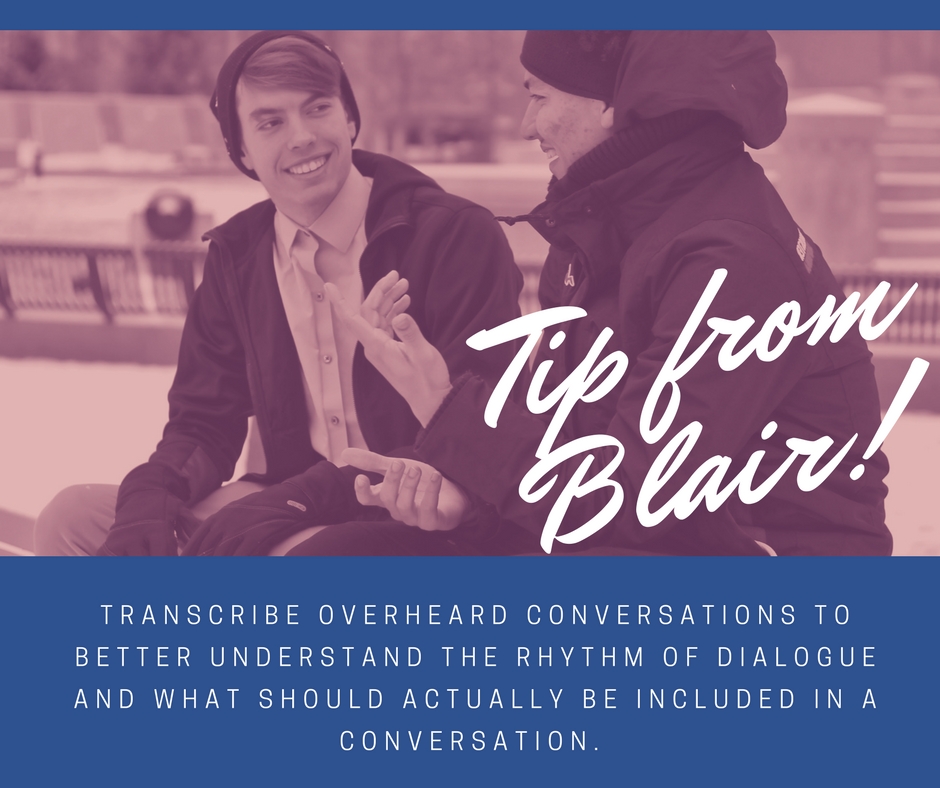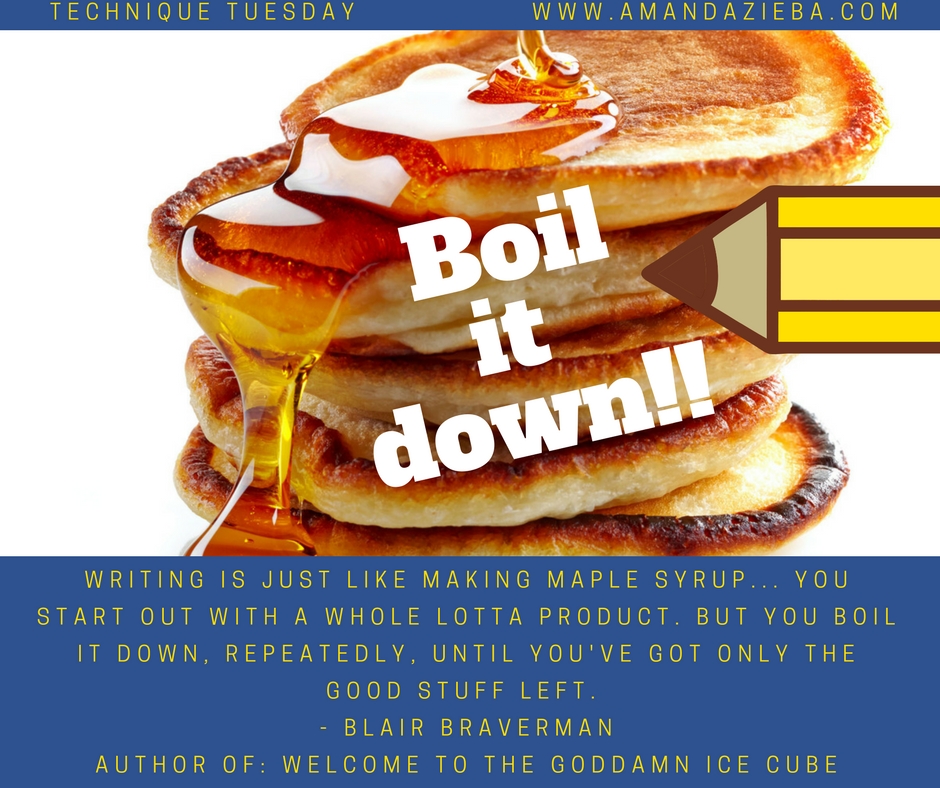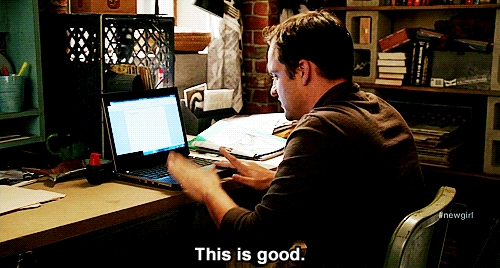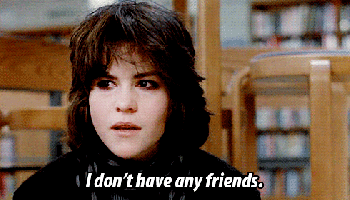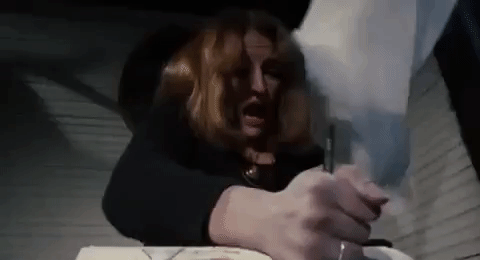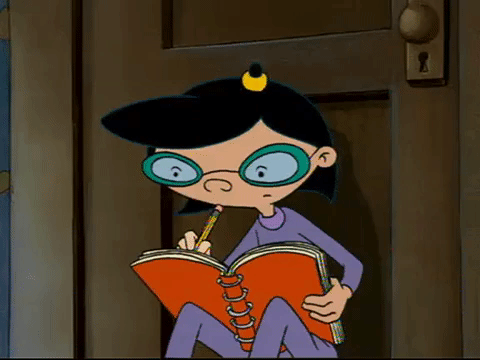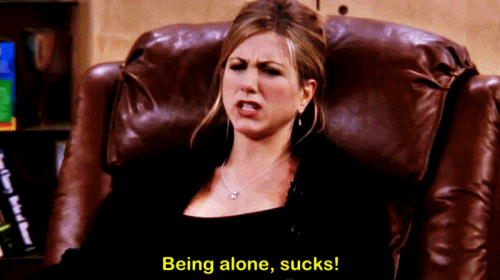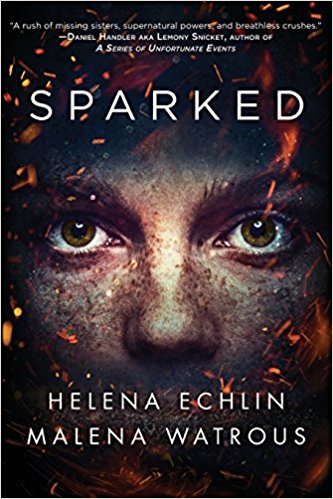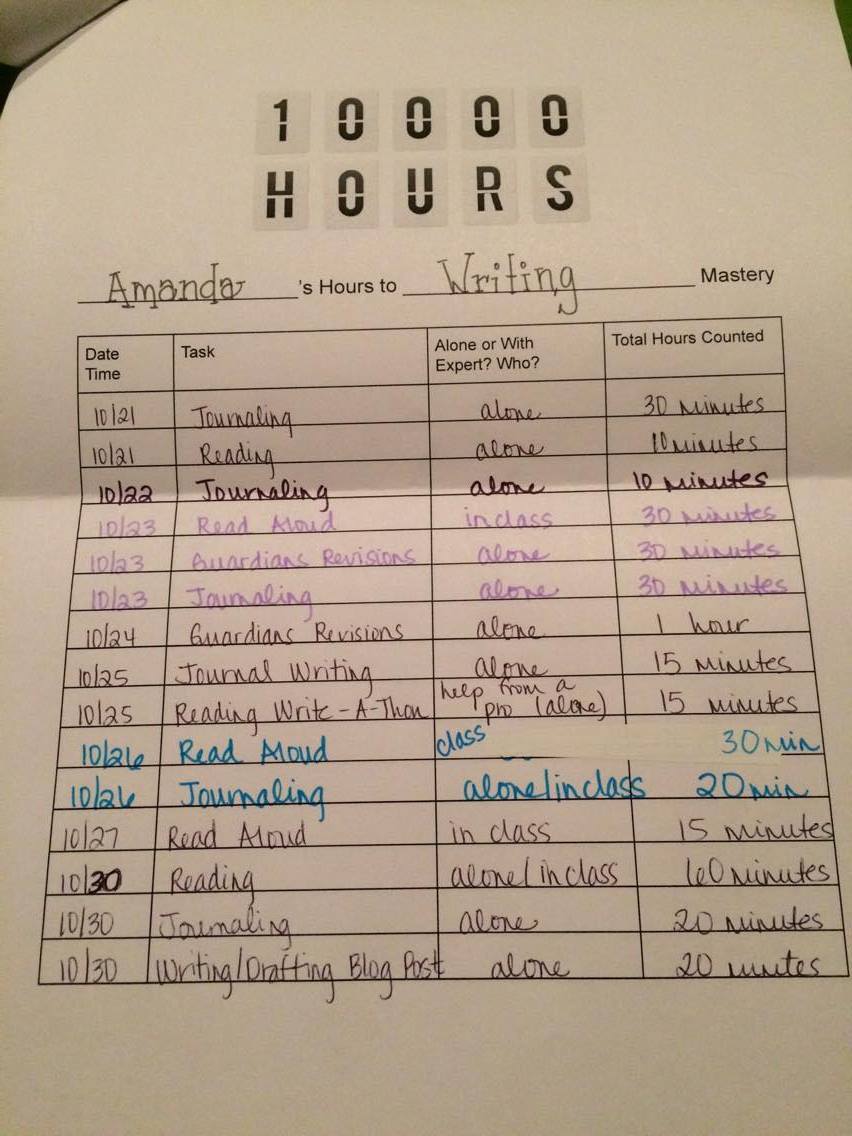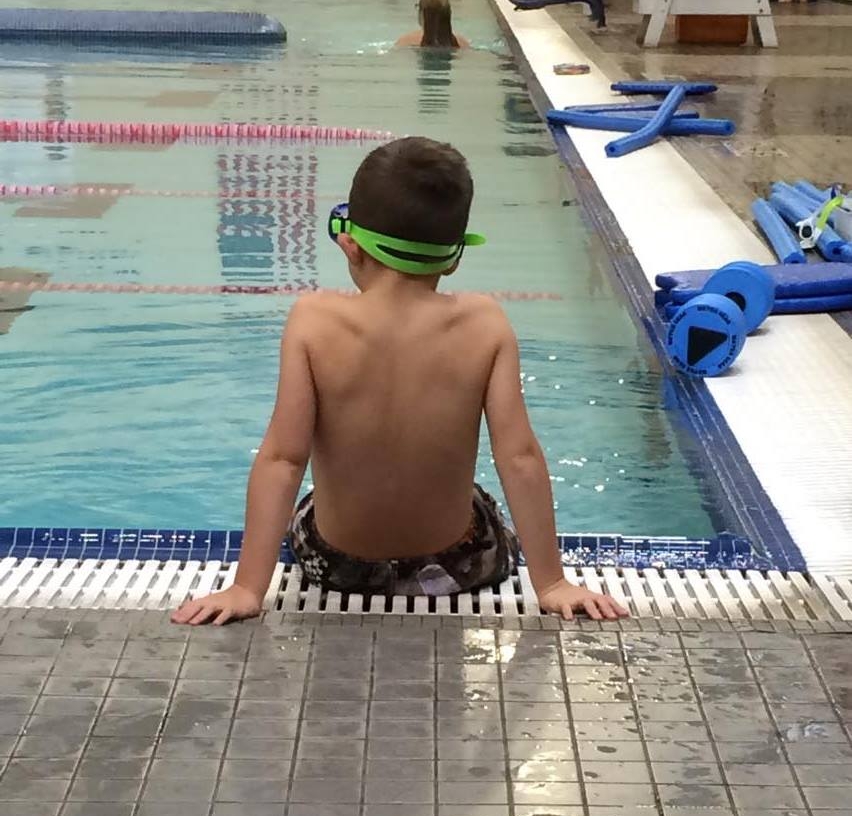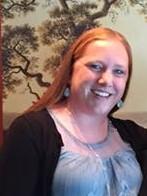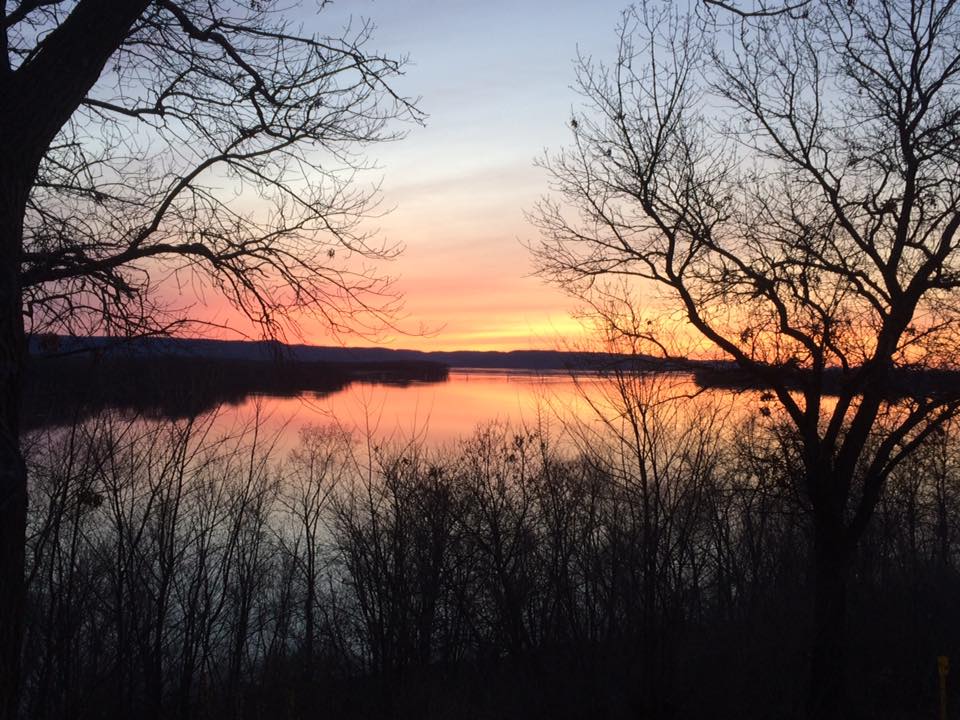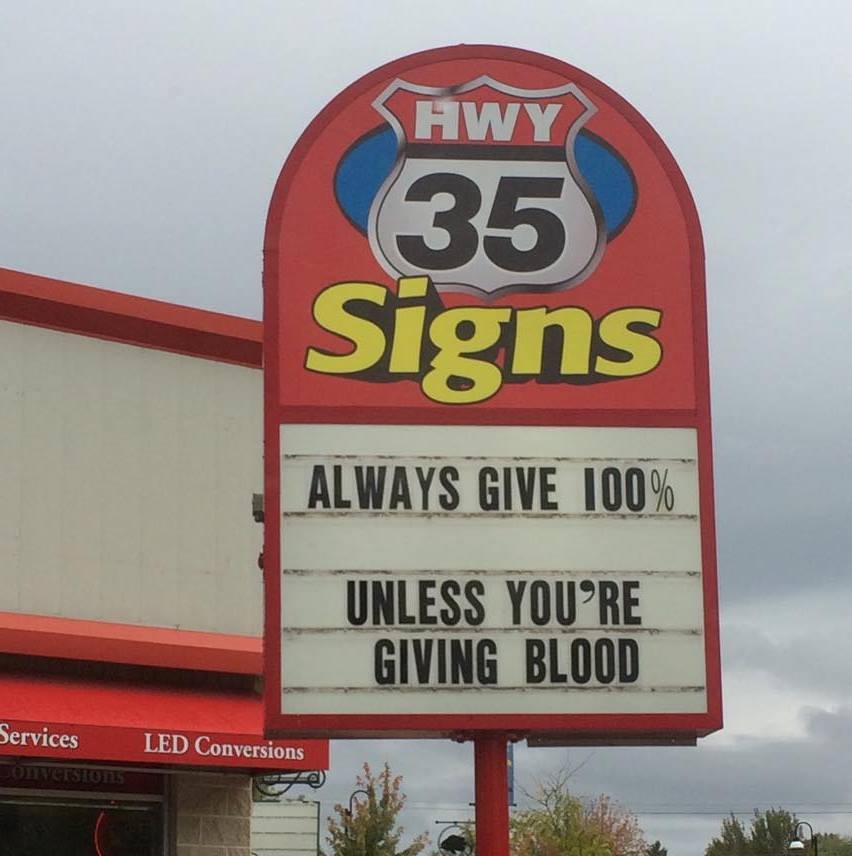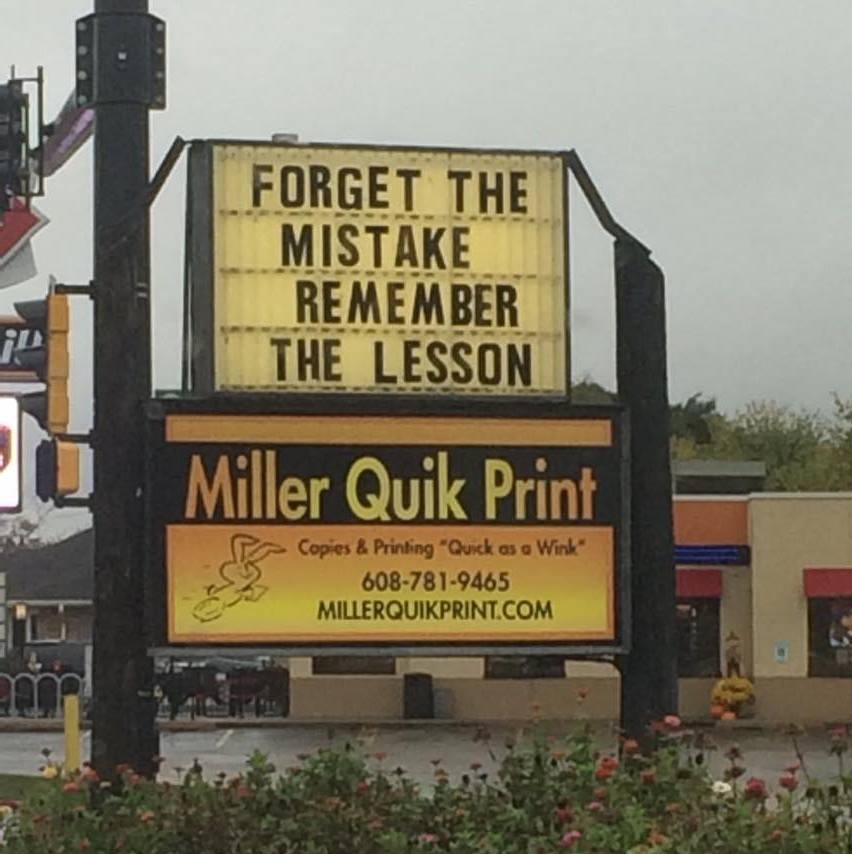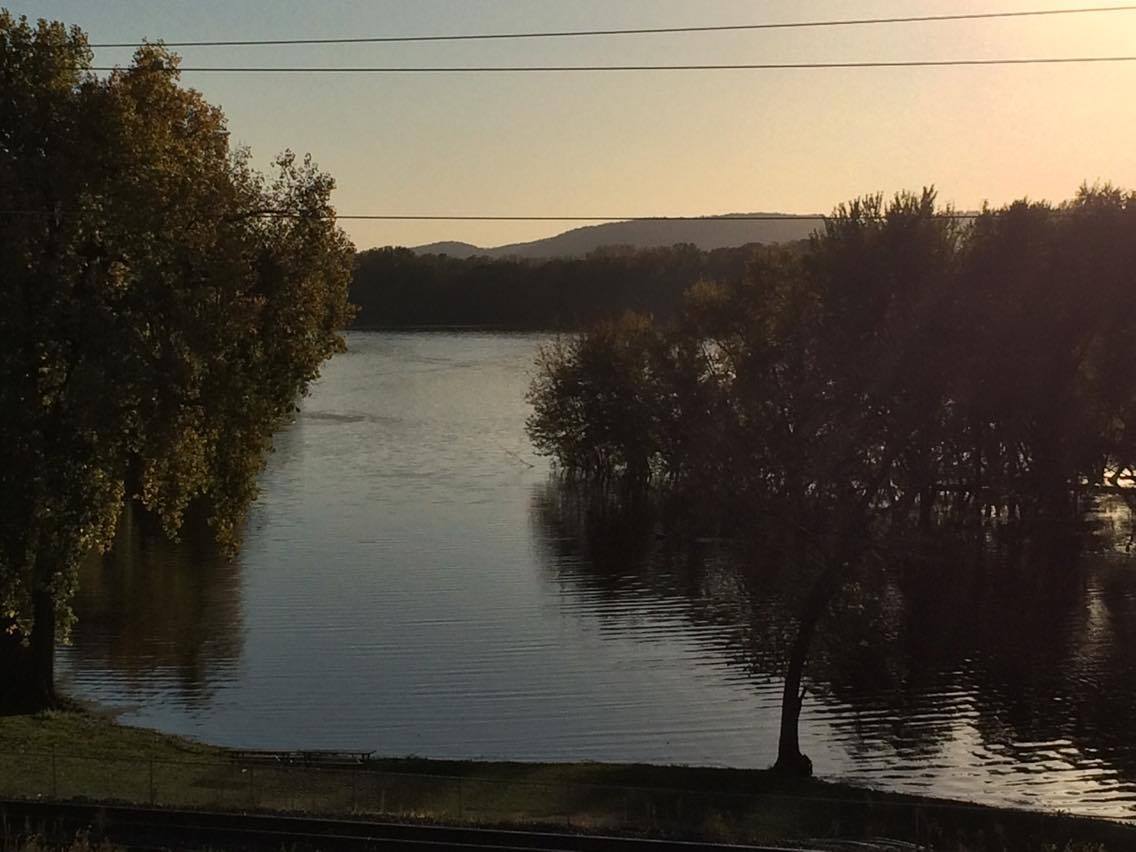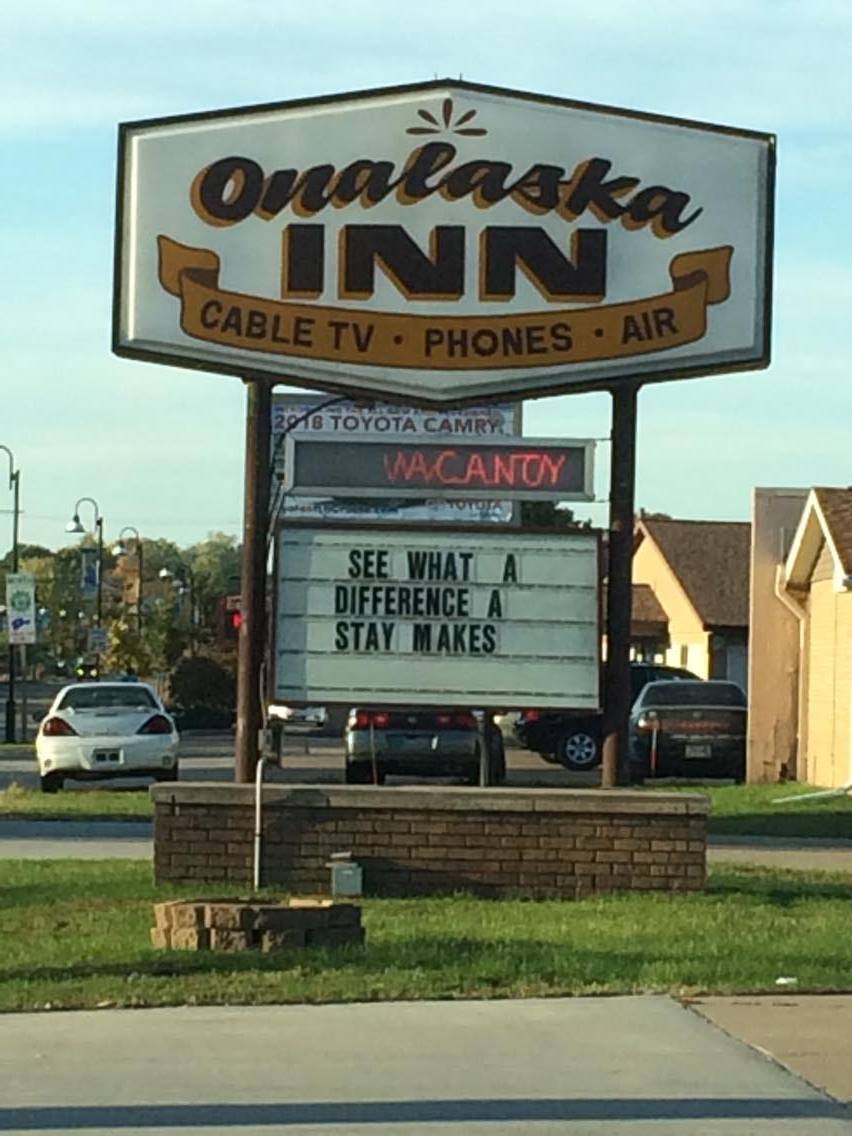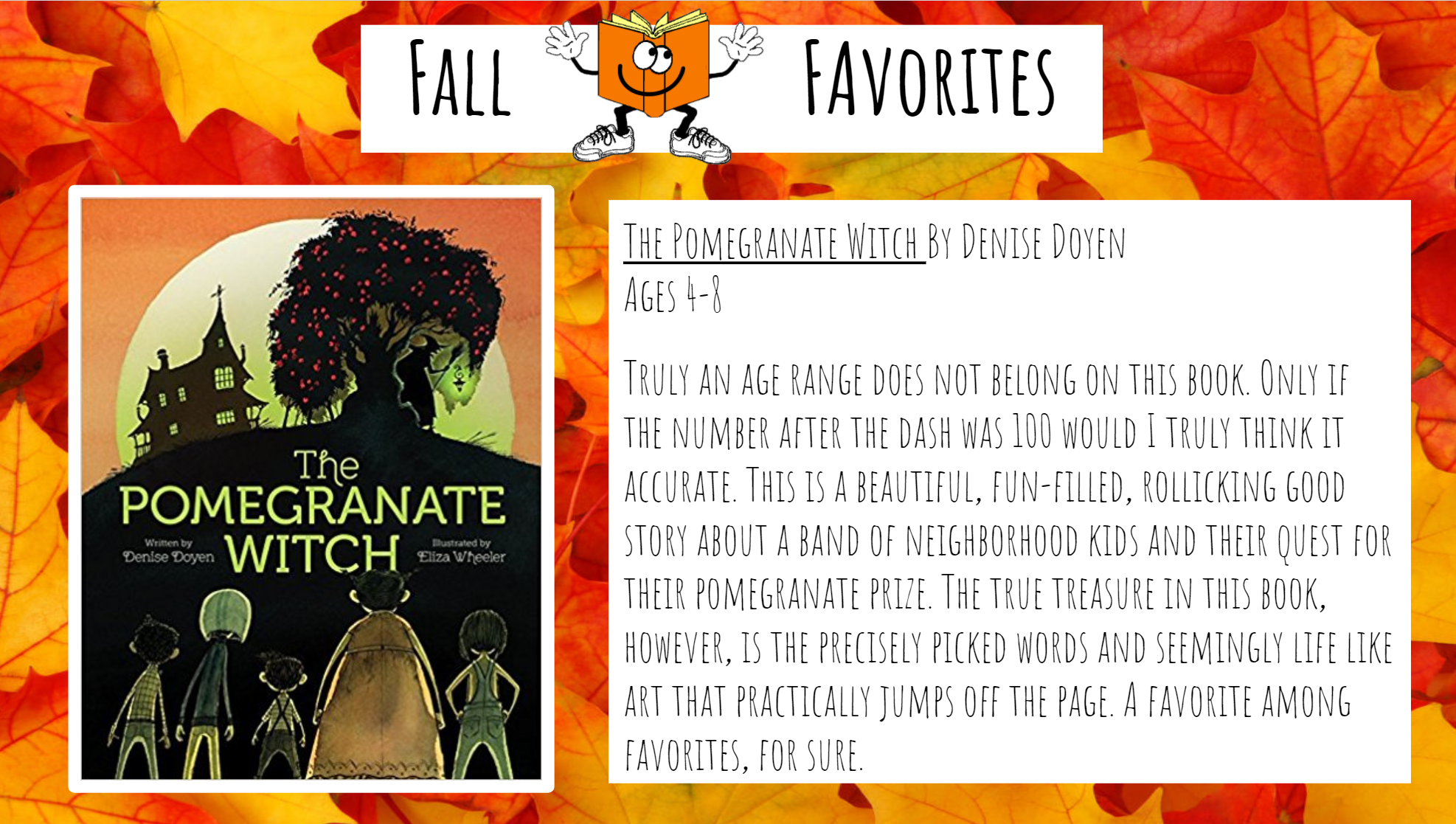If you follow my social medias posts and blog, you’ll know that I’ve recently fallen in love with a book subscription box called Once Upon a Book Club. In case you haven’t been following along, no worries, here is the quick recap.
For $35 a month, a box is shipped to your home containing a book and several gifts that connect to the story. As you read, you’ll come upon these cute little post-it notes, telling you the precisely perfect moment to open the gifts. It is super fun on so many levels and I am thrilled to be experiencing new novels this way.
The author of this month’s YA book, Paintbrush, was kind enough to answer my interview questions and give a little insight into her writing world. So, word nerds, I’d like to introduce you to new YA author, Hannah Bucchin.
Hannah grew up on the Eastern half of the US, but has spent much of her life since, traveling. In addition to her wanderlust she loves daydreaming, listening to 60’s music, hiking and spending time with her family.
Hannah’s debut novel, Paintbrush, is the story of two teens living in a North Carolina mountain community village. Joise and Mitchell aren't particularly close―at least, not anymore. Josie wishes she could spend all of her time at Paintbrush planting tomatoes, hiking the trails, or throwing giant communal birthday parties, while Mitchell can’t wait to escape the bizarre spiritual sharing and noisy community dinners. Luckily for both of them, high school graduation is just around the corner.
But when Mitchell’s mother makes a scandalous announcement that rocks the close-knit Paintbrush community, and Josie’s younger sister starts to make some dangerously bad decisions, the two find themselves leaning on each other for support―and looking at each other in a whole new light. Their childhood friendship blossoms in to something more as they deal with their insane families. As graduation approaches, and with it, life in the real world, Josie and Mitchell need to figure out what, exactly, their relationship is―and if it can survive their very different plans for the future.
Read on for my Q and A session with author, Hannah Bucchin.
Word Nerd: You have spent your life falling in love with beautiful places. Which place inspired the artistic mountain community in Paintbrush? How much of this real place did you use in the setting of your story? Was it difficult to decide which details of the place to include?
Hannah: The setting and story of Paintbrush were inspired by the beautiful scenery and unique culture of the Blue Ridge Mountains of North Carolina. I currently live in Asheville, NC, and I love the mix of country living and hippie living that is so commonly found here. I did some research on a number of communal living communities in and around the area, and Paintbrush came to life in my head. I developed the characters first, and as their personalities grew, the details of the Paintbrush community fell into place as well.
Word Nerd: Of all the places you have traveled, which is your favorite and why?
Hannah: This is such a hard question! Every place I've been is so unique that it's hard to choose. I'd probably have to say that New Zealand has been one of my very favorites so far. It's amazing how much amazing scenery - from pristine beaches to volcanoes to snowy mountains - is packed into two small islands. It's the perfect place for adventure.
Word Nerd: Have you ever considered combining your two passions for a career in travel writing?
Hannah: I have thought about this, and definitely wouldn't rule it out in the future (especially since it would be awesome to get paid to travel). However, my favorite kind of writing is fiction, and writing fiction comes much more easily to me than writing non-fiction.
Word Nerd: In a world where you can write anything, why did you choose to write YA?
Hannah: I have always been an avid, voracious reader, from the moment I learned to read until now. Because of this, I read a lot of YA throughout middle school and high school. It really helped me get through so many rough patches in my teen years. Now, I read books in almost every genre, but I always come back to YA. There's something about the voice in YA books that feels so genuine and real to me, It's also the voice that I find comes most naturally to me when writing.
Word Nerd: What advice would you give to young writers?
Hannah: Start writing now! Train yourself to write at least a little bit every day. Thinking about writing and talking about writing and planning out your story are the easy parts; the hard part is sitting down and actually doing it.
Word Nerd: Can you talk at all about your publishing process? How did you choose Blaze Publishing? Or did they choose you? Did you ever consider self publishing?
Hannah: Once I finished Paintbrush, I began the query process, sending my manuscript to a few different agents. When I was looking around at different publishing houses, I found out that Blaze was specifically looking for "YA contemporaries with heart". I thought that sounded like a perfect fit for me, so I sent my manuscript in, and the rest is history! I'm so glad I found Blaze - they did such a good job of polishing up my manuscript and helping me round out the story and characters of Paintbrush.
Word Nerd: How do you feel about being included in Once Upon a Book Club’s subscription box this month?
Hannah: I LOVE the Once Upon a Book Club box! I've been following along on Instagram, and the gifts that go along with Paintbrush are so perfect. It's such a unique idea for a book box - items that correspond to certain page numbers. It adds an entirely new dimension to reading Paintbrush, and I hope readers are loving it as much as I'm loving seeing all the pictures.
Word Nerd: What is your favorite part about being a debut author? What is your biggest challenge in this role?
Hannah: My favorite part of being a new author is how exciting and new everything is! The blog interviews, the book signings, the Instagram posts - all of this has been so fun to discover. The biggest challenge has probably been building my presence online. It's difficult to start from scratch, with no prior reputation or readers, but that's also part of what makes everything so exciting!
Word Nerd: What’s next for you?
Hannah: I'm currently working on my next novel, another YA contemporary, that takes place in Maine and follows the lives of two sisters over the course of a summer.
